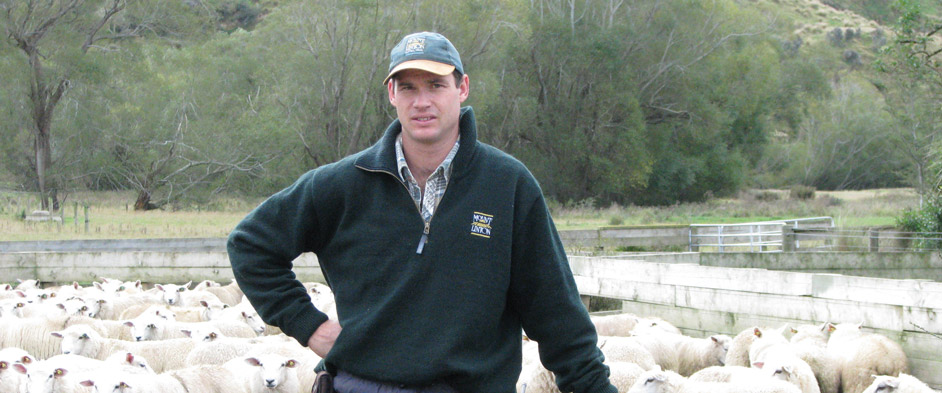Managing Genetic Data to Improve Meat Yield
Mount Linton Station is a member of an exclusive club – a New Zealand farming operation with more than 100,000 stock units.
Serving that operation is a stud with around 1600 SIL recorded ewes, around 25% of those ram lambs are offered for sale beyond the Station’s gates. The remainder is used to enhance the genetics of Mount Linton’s commercial flock.
The Mount Linton Genetics Unit is a separately run farm, breeding the terminal sire Suftex and Texel sheep for the station.
The Texel influence was introduced in 1990. A proportion of the flock is for producing terminal sires, the remainder for performance in maternal traits. A Suftex flock was started in 1995 and has become increasingly important for the Unit as the demand has increased for Suftex’s growth and meat characteristics.
Mount Linton has embraced technology. For example, it’s one of only two breeding programs in the country using CT Scanning to strengthen the selection of terminal sires. Both Innervision and Inner value CT are used to identify potential sires for their breeding programme.
Genetics Manager Hamish Bielski also works closely with Catapult for DNA testing of specific production trait – in particular, the MyoMAX gene – and is involved with AgResearch and Ovita-led research to identify the lamb survival gene.
With a focus on fertility, survival, meat yield, growth and longevity, a Mount Linton Maternal SIL index has been designed to ensure 140 plus lambing percentage to sale and an average of more than 30kg lambs at 90-100 day weaning.
Other targets include a 50% reduction in ewe dags to remove the need for pre‑lamb crutching, a target meat yield of 90% plus of lambs finished receiving the maximum yield payment and growth rates that will finish 95% plus of all lambs by the end of March.
A key to achieving these goals, and to continue having sires in the top 5% of the main SIL indexes, is information.
That’s where Agtrac Data Services comes in. Mount Linton has been working with Tru-Test to weigh, monitor and select its stud flock for the past six years. This was complemented with RFID for around four years, which helped reduce manual recording.
Adding the Agtrac Data Services to the existing system, though, has taken Mount Linton to another level, Hamish Bielski says,
“If I compare this with the speed and accuracy we have now, I wouldn’t even contemplate going back”.
With Agtrac as a data service provider, the information from their animals goes to the SIL national database, Abacus Bio for mating selection and Pfizer for DNA.
Based on the five key traits, reproduction, survival, growth meat yield and longevity for the maternals, and growth and meat yield for the terminals. It is then imported into the Tru-Test XR3000 weighing indicator for drafting. For mating selection, Hamish says this is saving significant time in the yards.
“It’s saving us money, time and hours of paperwork, especially around ram selling and mating,” - Hamish Bielski.

“I could do the data sorting myself, but it would take a long time – and I can be more usefully doing something else in the meantime. I’m a great believer in having a broad mix of skills and leaving the speciality work up to the specialists."
“Jon (Jonathan Porteous) keeps everything flowing smoothly and trouble-shoots if I’m having difficulty with anything. He’s like a magician.”
As the stud develops further towards its goals, the ability to access and manipulate data for the traits required is becoming increasingly important.
“The data doesn’t lie – I can’t fool anyone who knows what to look at!” Hamish says.
